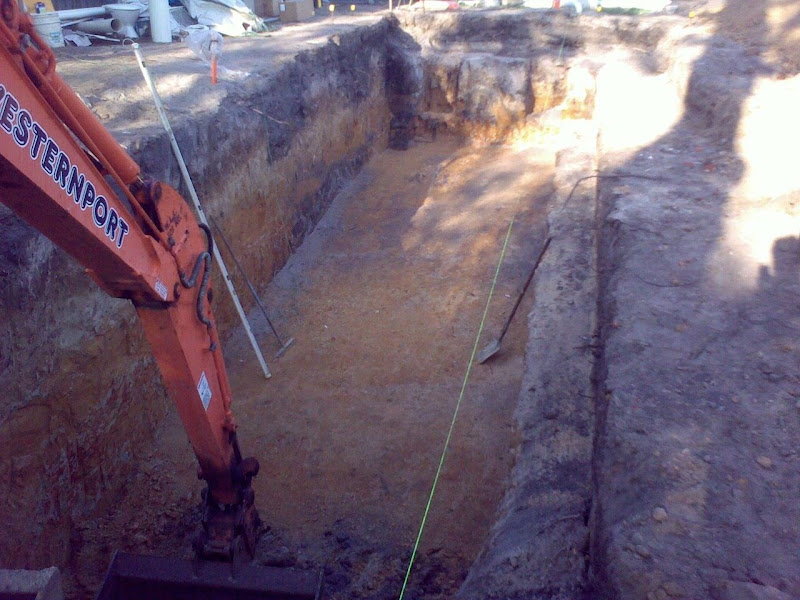When I read the Pocohontas story to my kids (we have the Disney version), we usually have a little discussion when we get to the page where Pocohontas attempts to dissuade her father (the local Indian chief) from starting a war with the settlers. The kids are interested in the idea that both people are trying to do the right thing, but they have completely different ideas about what the right thing is.
For those of you not familiar with the story, Pocohontas has fallen in love with a mercenary on the voyage (John Smith), and the two of them want to establish peace between the settlers and the natives. The book suggests that peace involves the settlers staying in North America. Powhatan, her father, is assembling a war party to drive the settlers away.
We can look back in history to better understand who was "right".
- As the book makes clear, a war between the settlers and the Indians is going to lead to many Indian casualties, since the settlers have guns and the Indians do not. Furthermore, most of the settlers are not intending to do harm to the Indians, as they've been told they are settling land that has no ownership yet. Pocohontas' efforts end up saving many well-intentioned people's lives.
- These same settlers would probably understand that, had they landed anywhere in England and built a village where they landed, they would be summarily evicted by whomever owned the land they were on. The racism here is lightly touched on in the book, but it's helpful because it's pretty easy for the kids to see how convenient it is for the settlers to suppose that nobody in North America owns anything yet.
- I usually tell the kids what little I know of the Mauri, the indigenous people of New Zealand. As I understand it, they immediately made war with white folks who arrived. I suspect that the Mauri were territorial in a way that worked better with the White conception of property, and because of that Mauri today have a significant representation in the New Zealand constitution and legislature, and own very large amounts of New Zealand's real estate. I expect many Native Americans would prefer the Mauri outcome to their own.
- The Na'vi are territorial. They have a few specific high-value trees. My understanding is that most of the North American natives had a much less specific sense of property.
- The movie has the natives resisting under human leadership, which is interesting to think about. It seems a bit condescending (especially the bit where the human, after 3 months of training, is outperforming the best of the natives), but historically North American natives really did not grasp the nature of the European threat fast enough to organize a massive resistance in time, and it seems at least possible that a charismatic European might have communicated the continent-level consequences of the European idea of property to enough of them to organize a resistance.
I once asked a friend who is a lawyer if all property rights, at least in North America, trace back to peace treaties of some kind, or if some (particular the French claim to the center of the continent that was then sold as the Louisiana Purchase) are based on bald assertions of authority without even a war. I never did get a decent answer.
If, in reading this post, anyone is wondering if I'm willing to cede my house to a Native American, the answer is no.



















